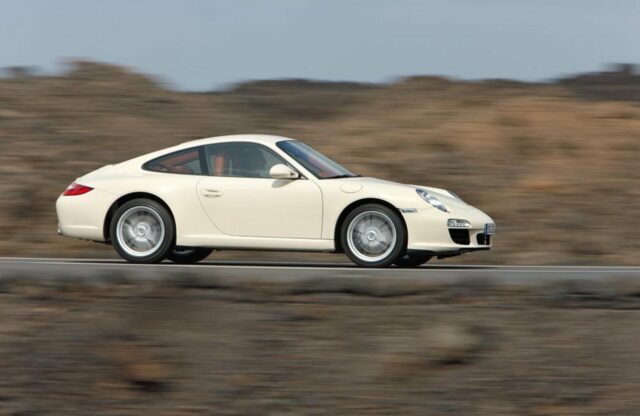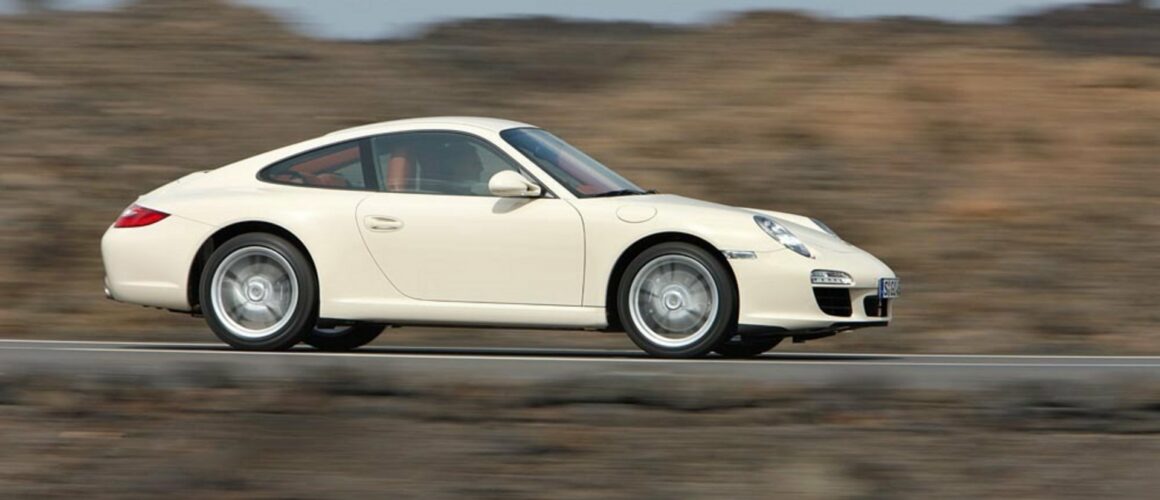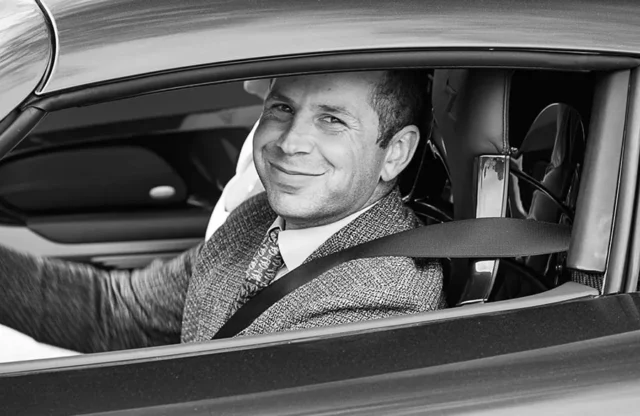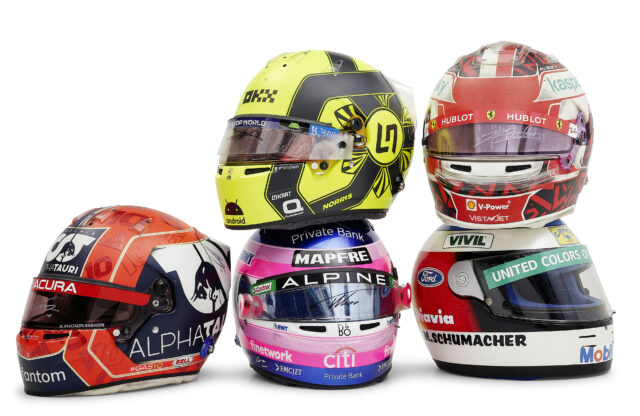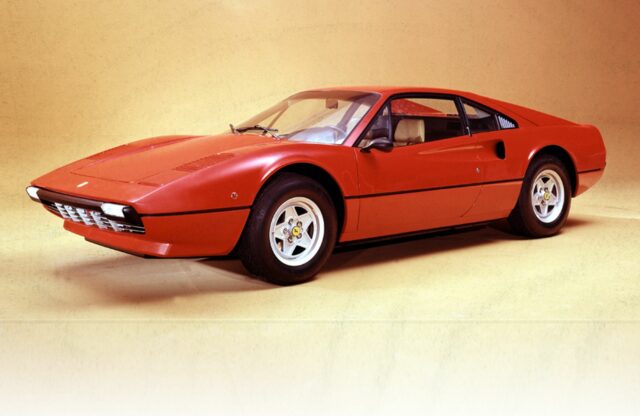The 996 had proven to be a popular car, even if ardent Porsche enthusiasts didn’t quite take to the ‘fried-egg’ headlights. Mechanically the new 997 was an evolution of that car, but inside and out it was a welcome return to a design reminiscent of the 993.
Upon launch it was available with either a 325bhp 3.6-litre flat-six engine, which was a carry-over from the 996 (Carrera), or a newly developed 355bhp 3.8-litre power unit (Carrera S), and you could choose from coupé, convertible or Targa bodystyles. A four-wheel-drive set-up was introduced later in 2004, complete with a wider bodyshell.
When it came to transmissions, a newly designed six-speed manual or a Tiptronic automatic were the original choices. Other than the additional power, the S versions also came with Porsche’s brand-new PASM stability-management system fitted as standard.
The big update came in 2009, when new direct-injection powerplants were introduced, adding even more muscle. At the same time, the sporty PDK transmission replaced the ageing Tiptronic unit. In 2011 the 399bhp 3.8-litre Carrera GTS was introduced, with the wider, four- wheel-drive bodyshell. It could be had in coupé and convertible guises.
“The 997 is the sweet spot for the 911 – it had the same designers as the 993 involved, including Tony Hatter,” explains Mark Sumpter of specialist Paragon Porsche (www.paragongb.com). “They’re becoming just as loved as the 993, because if you drive a new 911 they’re a bit too big for the UK’s A- and B-roads, whereas the 997 isn’t. They’re modern enough to use every day, yet old enough to still have classic sports car character.”
ENGINE AND GEARBOX
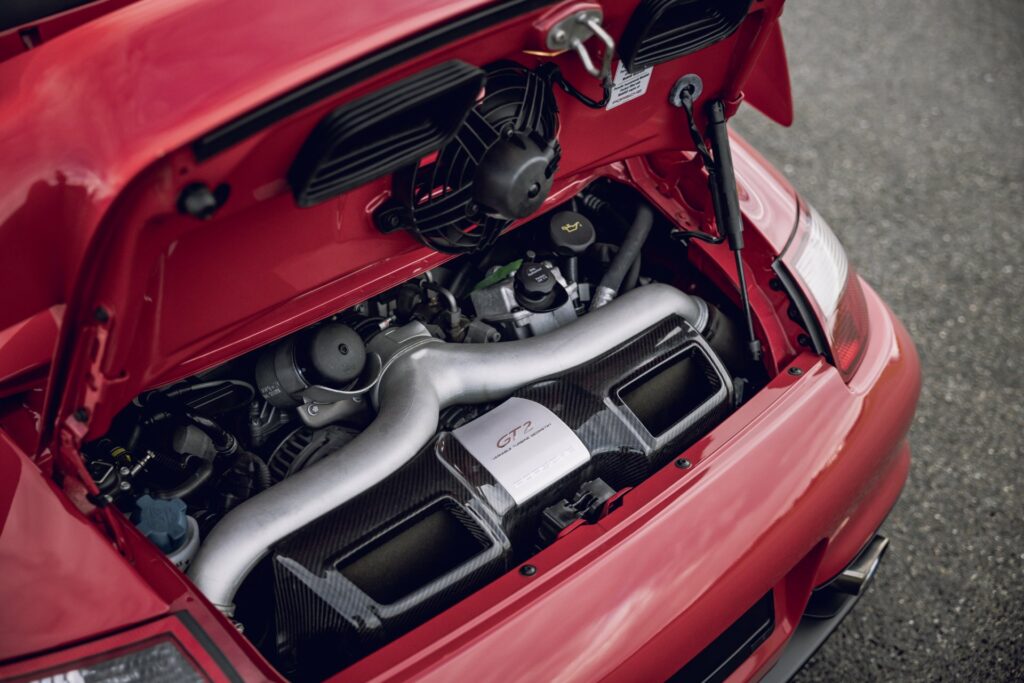
Although intermediate shaft (IMS) bearings have been known to fail on a number of earlier cars, the issue is nowhere near as bad as some online naysayers have made out. Post-2005 models have upgraded bearings, and Gen 2 cars got rid of the IMS shaft completely.
The rear main seal (RMS) can also drip oil, and this can be sorted out when the clutch is replaced, because the gearbox needs removing to get to the seal. Cars built from 2007 onwards are less affected by this issue. If there’s oil dripping from the back of the engine, it could be due to the tandem vacuum pump; this is more common on Gen 1 models “largely because they’re older”, according to Mark.
Meanwhile, a small percentage of Gen 1 cars are affected by bore scoring – predominantly S models. An oily deposit on the left-side exhaust pipe and/or ticking during idling are tell-tale signs. A borescope will give you the best indication, so the only way to know is to get in there and have a proper look via a specialist inspection. Another tell-tale sign is one exhaust, again usually the left, being more coked up than the other. “If the exhaust is overly valeted pre-sale, it may mean the seller knows there’s a problem,” Mark advises.
The radiators are mounted behind the front bumpers, which can accumulate leaves and road grime. Over time these can get blocked and then develop small leaks, leading to overheating issues.
The coolant crossover pipes are made from rubber, but with aluminium ends that go into steel. “You get corrosion here,” says Mark. “Get the car in the air and see if there are any signs of issues or leaks, as it’s expensive to repair – you have to drop the subframe.”
If a switchable exhaust is fitted, check that it still works, because the flap in the system can seize through lack of use. “It’s expensive to fix, and most people don’t – it’s not essential,” says Mark. “You just don’t get the benefits of a sports exhaust.”
Manual gearboxes are robust, as are both the Tiptronic and PDK versions. Some specialists recommend oil changes whenever the clutch needs replacing, which is around every 50,000 miles.
SUSPENSION AND BRAKES
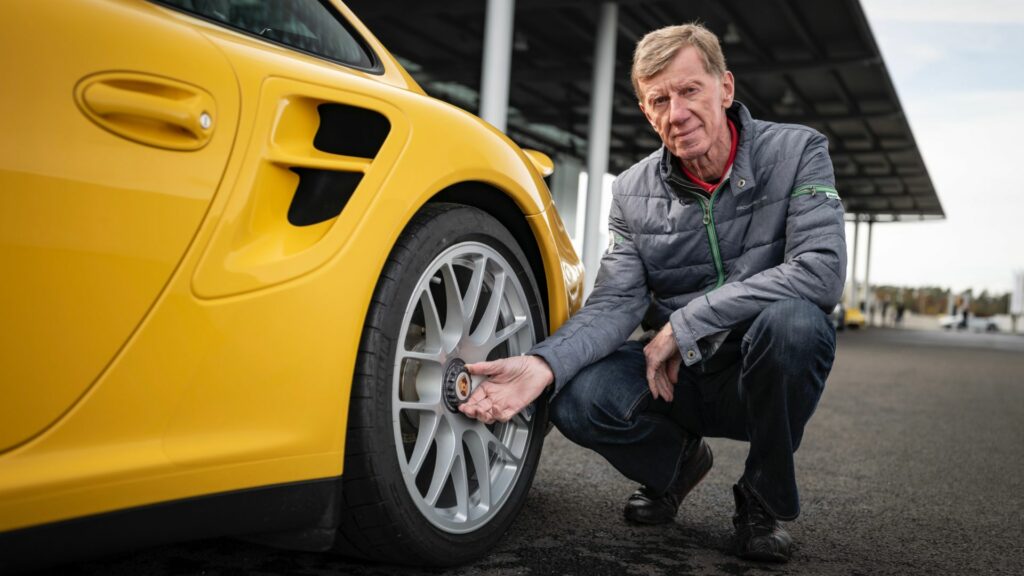
Front suspension-arm bushes are known to wear out, leading to uneven tyre wear. “On the test drive, take the car over white lines and cat’s eyes – if you get two clonks, the bushes are likely to need replacing,” says Mark. “Also look for splits in the rear coffin bushes and front A-frame bushes.”
The braking system is typically strong on all variants, and more than up to the task of fast roads. However, the static pipes can corrode. “They’re mounted in plastic clips on the underbody,” explains Mark. “One of them goes around the top of the gearbox, and if it needs removing you have to take the ’box out. Mud gets stuck to these clips, and when you take them off, you find corrosion.”
BODYWORK AND INTERIOR
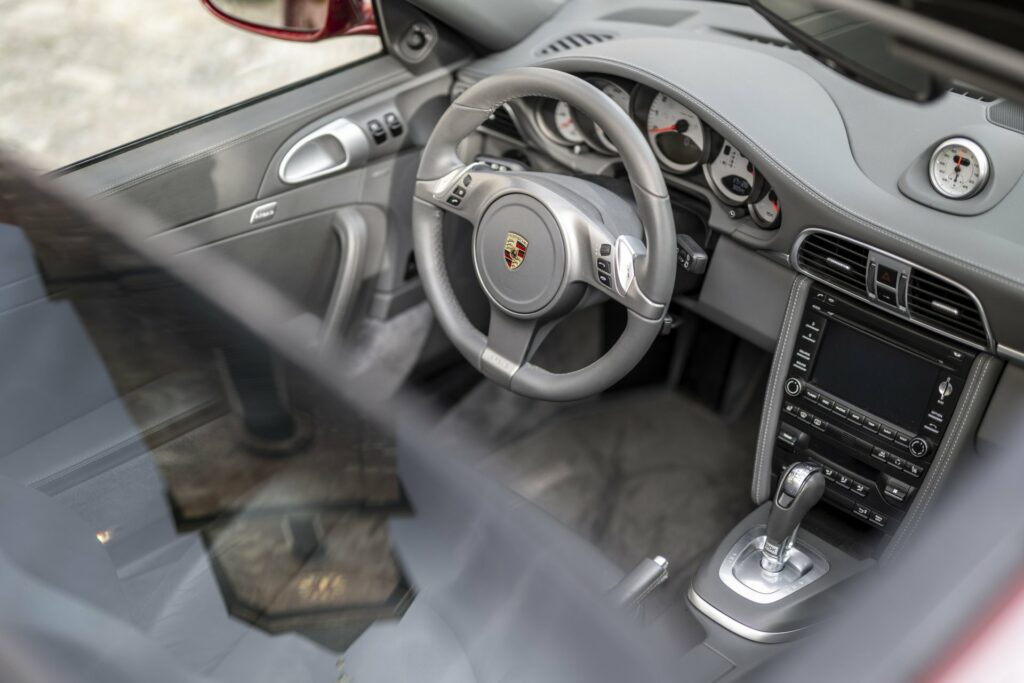
The 997 was well galvanised, so any major rust is likely to be from poor accident repairs. However, you may find corrosion around the door-striker plate attached to the rear wing, and around the catch on the underside of the front bonnet. “It’s because there’s not much paint in those places,” says Mark. “It’s not a major problem, and is more of a visual thing.”
The interior was a step up in quality from the 996’s, and the only obvious signs of wear and tear on good cars should be around the driver’s side bolster and gearknob. “Air-con condensers can wear out, so check that all is working well. These are mounted in the nose of the car and it’s an expensive job to fix,” advises Mark.
Gen 2 cars had an upgraded Porsche Communications Management system (PCM), which some may prefer, although both set-ups will feel old compared with modern versions. “Porsche Classic is bringing out retrofit sat-nav for the 997, which will be around £1500,” says Mark.
WHICH TO BUY
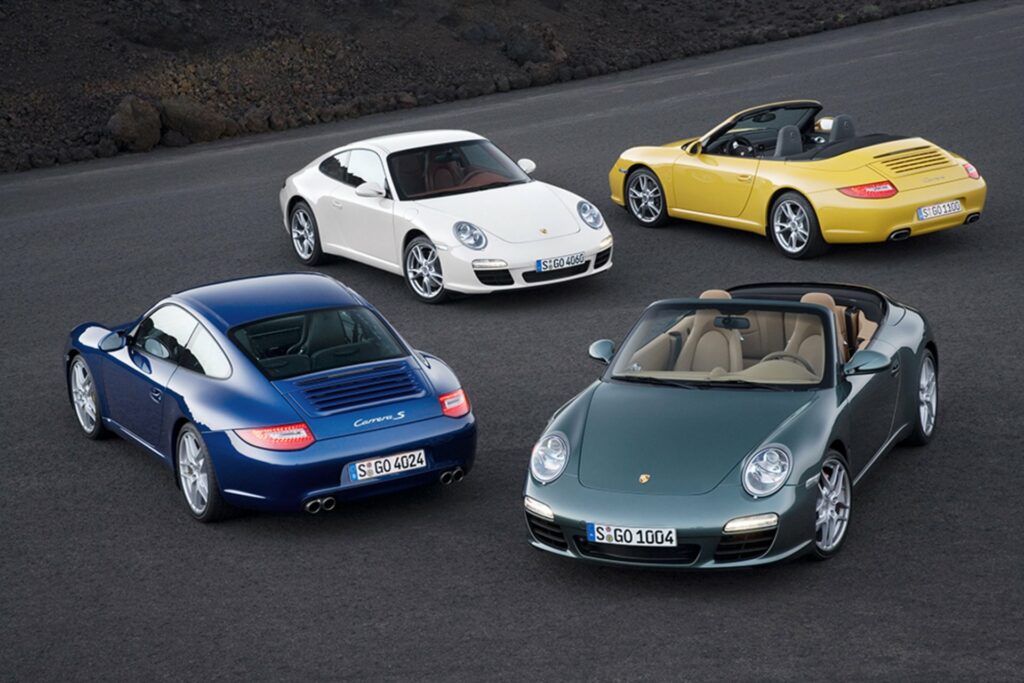
The 997 was a strong seller for Porsche throughout its life, and perhaps unlike with the 996, its looks have aged well as subsequent 911s have piled on the pounds. The more powerful S is most common, with either Tiptronic or PDK transmissions in Gen 2 guise, and four-wheel drive was also very popular. Convertibles generally command higher prices than the Targas and coupés, and are much rarer, too.
“A Gen 2, S or non-S, is the pick of the range, as these are rare,” says Mark. “They produced a lot fewer 997s because of the banking crisis – you don’t see many 9/10/11-plate Porsches.” He adds that the ultimate 997 is the manual GTS, although if in the market for a Carrera, don’t be fixated on an S.n“Sometimes the sweetest cars might be the standard Carreras,” he explains. He also says that while the PDK models are great, it’s the manuals that will hold their value best due to their rarity.
There are a lot of horror stories online, and while the consensus is that this is somewhat overblown considering the number of failures compared with cars sold, it’s still worth having an expert inspect any 997 thoroughly prior to purchase. Once that’s done, you’re free to enjoy the best of all 911 worlds – everyday usability, with a stunning drive.
WHAT TO PAY (UK AND US)
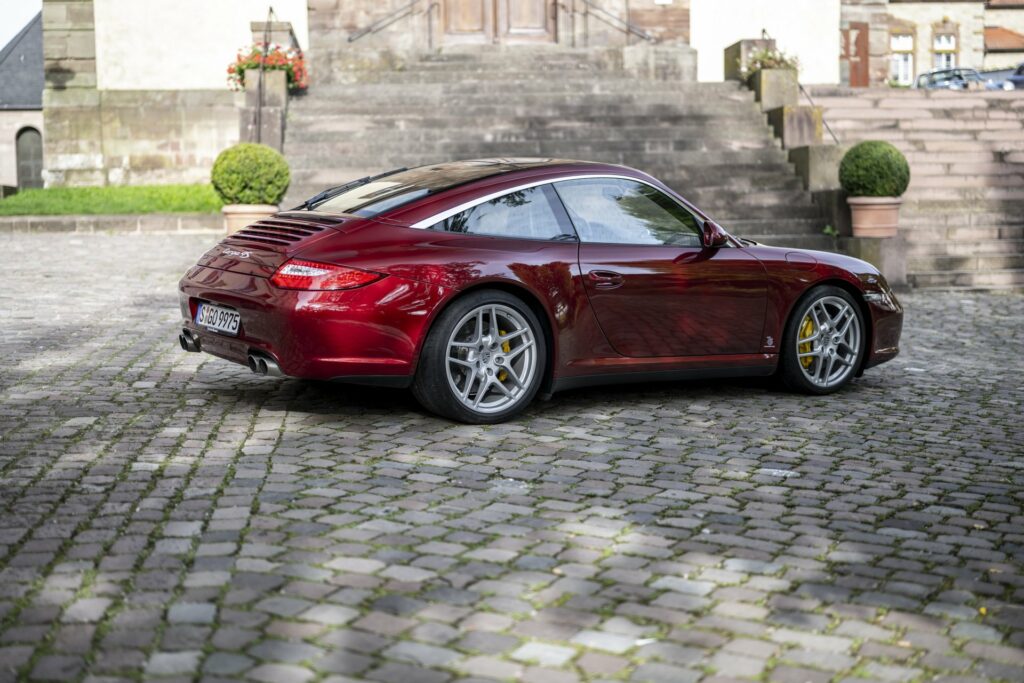
2007 911 Carrera Coupé
FAIR: £14,600/$28,000
GOOD: £20,000/$37,000
EXCELLENT: £30,100/$53,000
CONCOURS: £38,400/$64,000
2011 911 GT3 Coupé 3.8
FAIR: £80,000/$80,000
GOOD: £90,000/$118,000
EXCELLENT: £124,000/$142,000
CONCOURS: £130,000/$180,000
SPECIFICATIONS
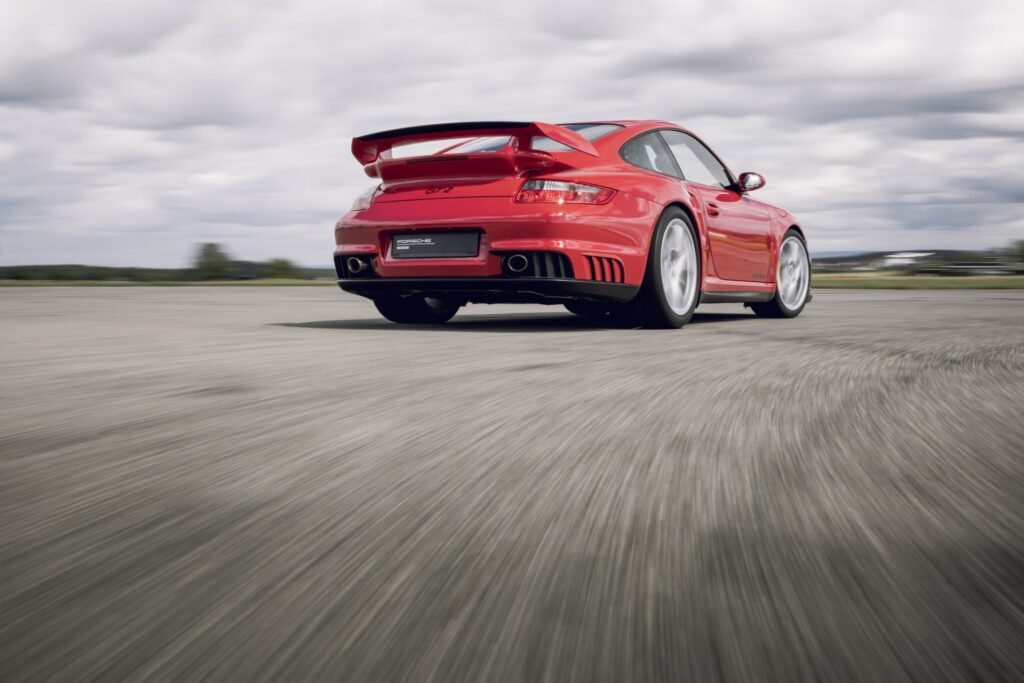
3.6-litre flat-six
Power: 325-345bhp
Top speed: 177mph
0-60mph: 4.8 seconds
3.8-litre flat-six
Power: 355-399bhp
Top speed: 182mph
0-60mph: 4.4 seconds
